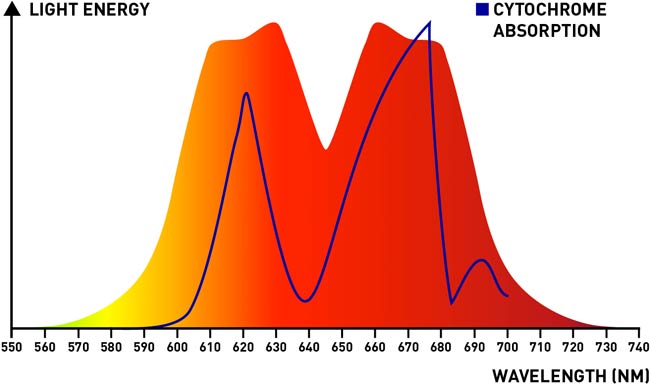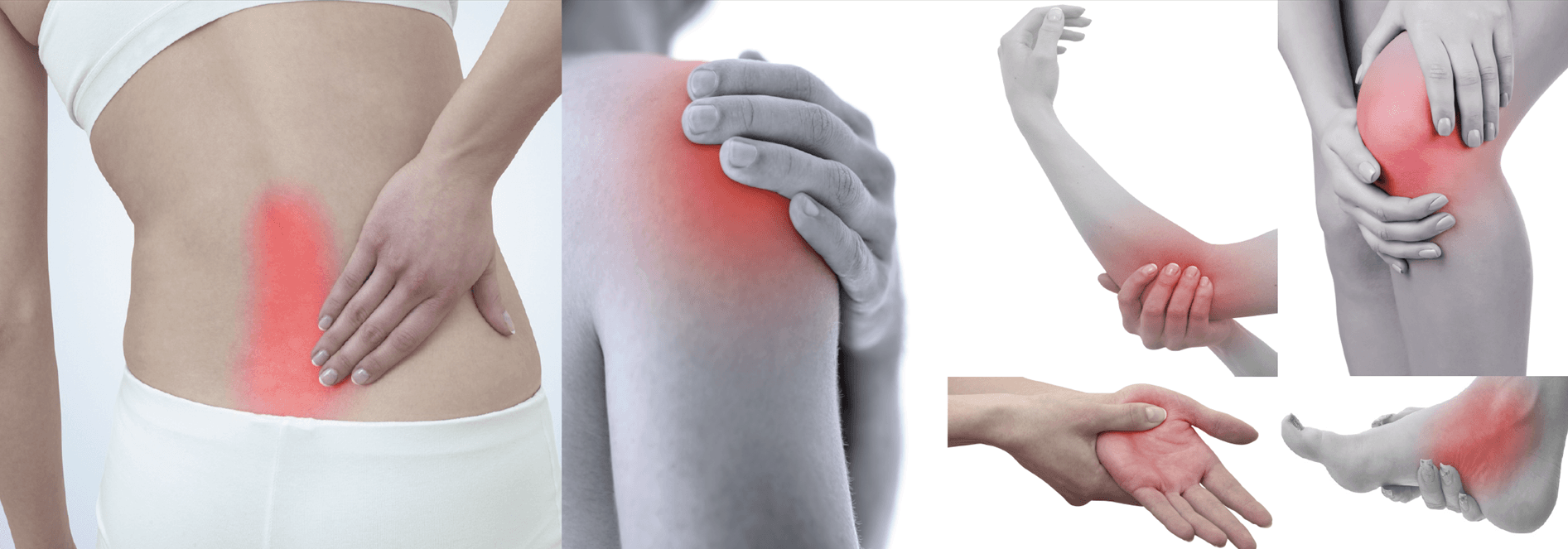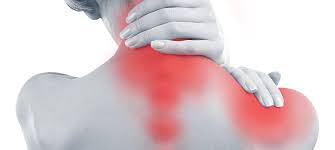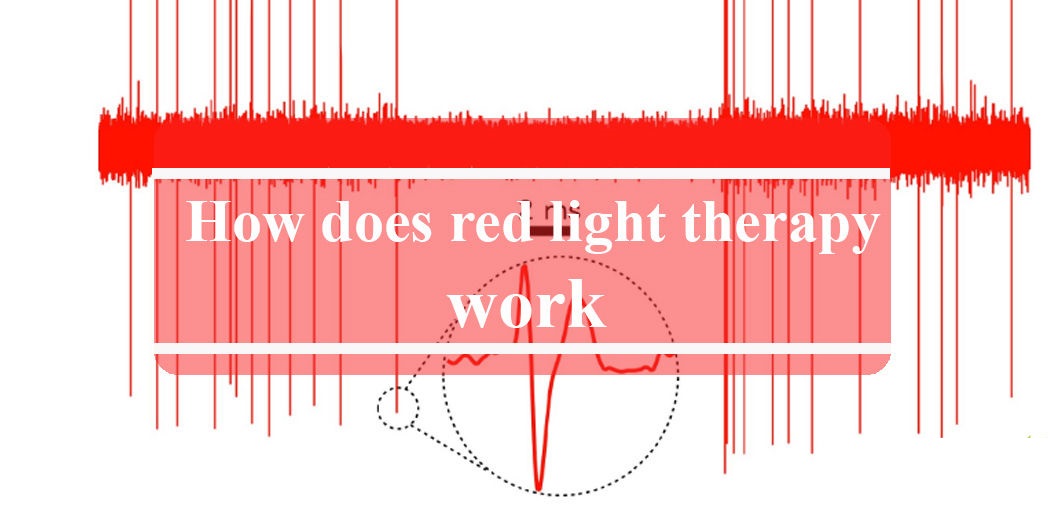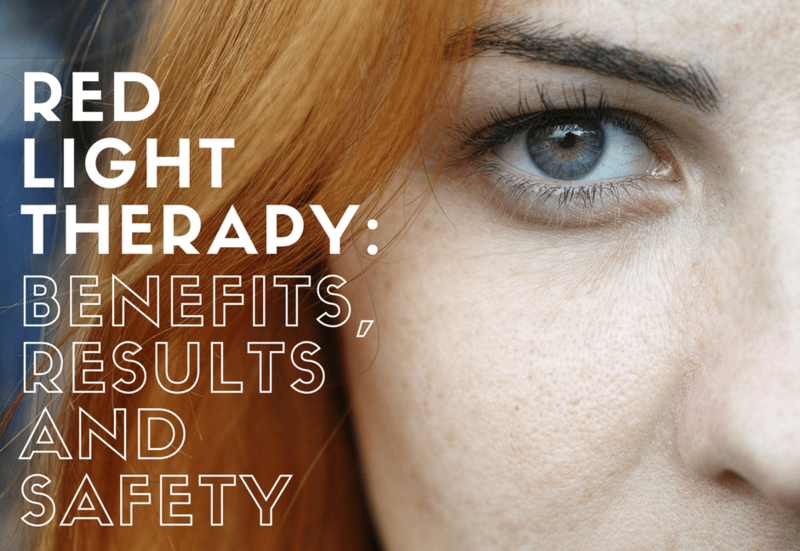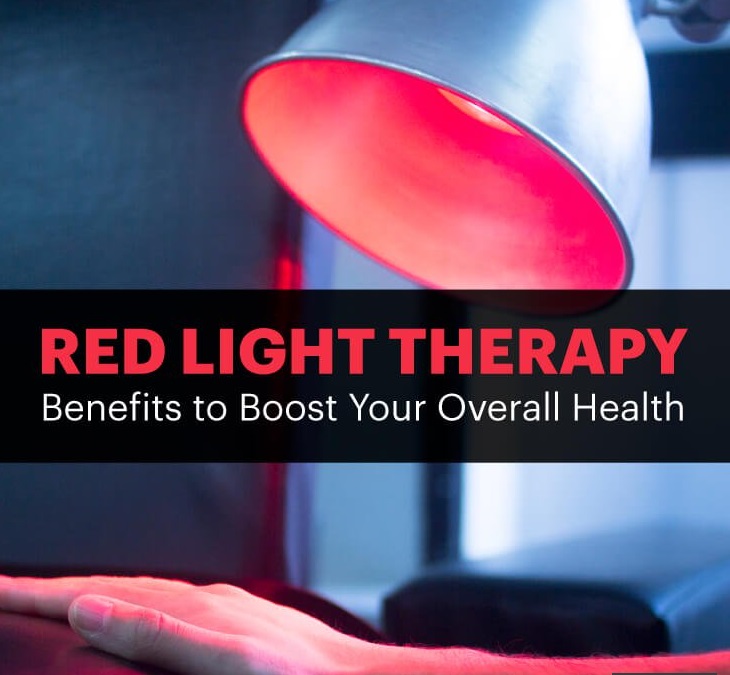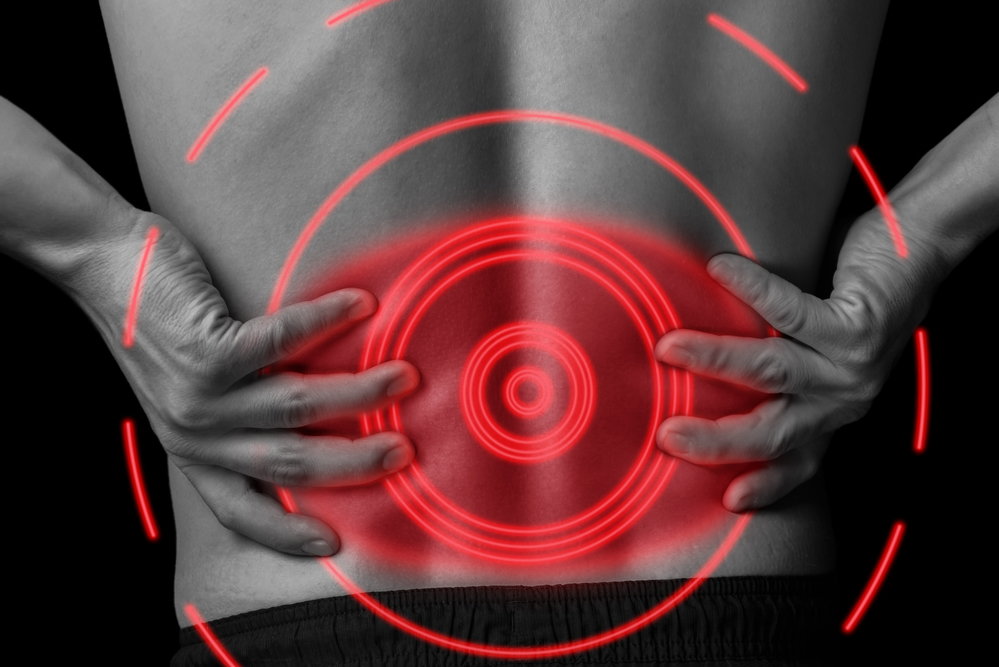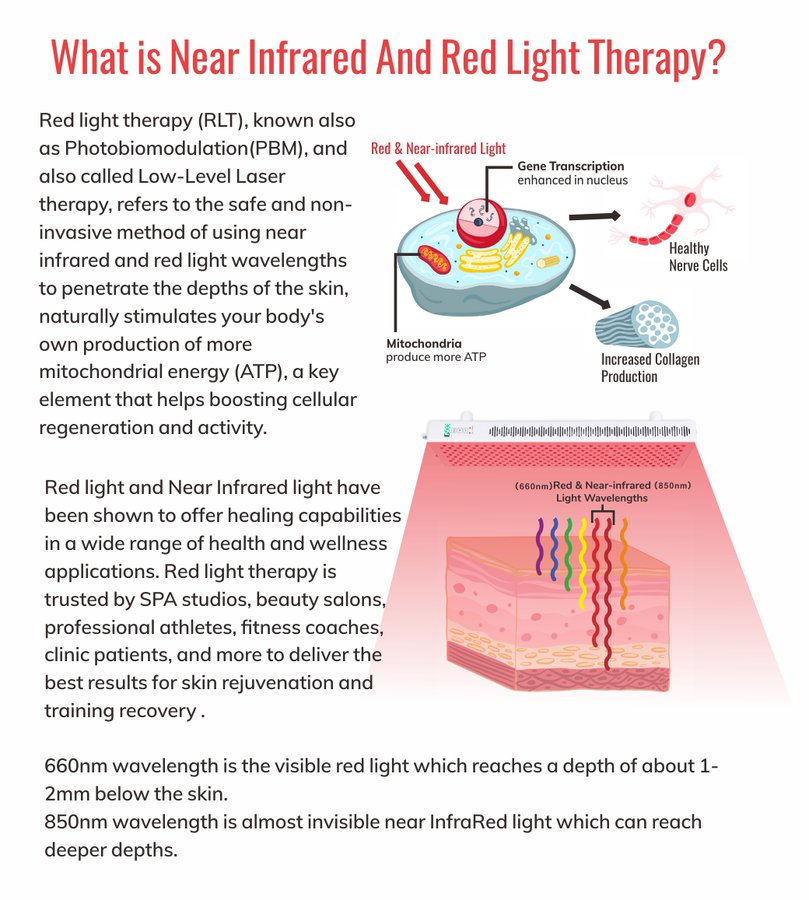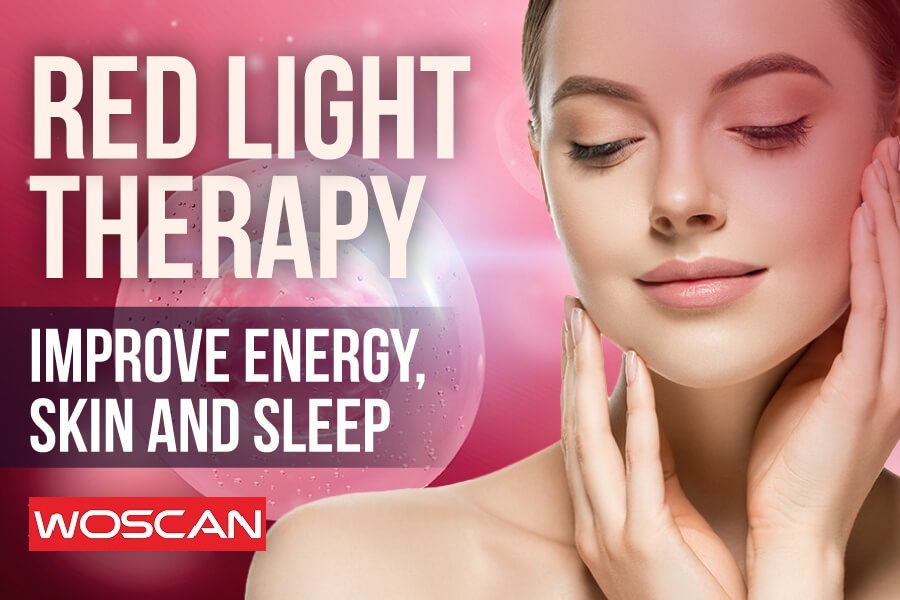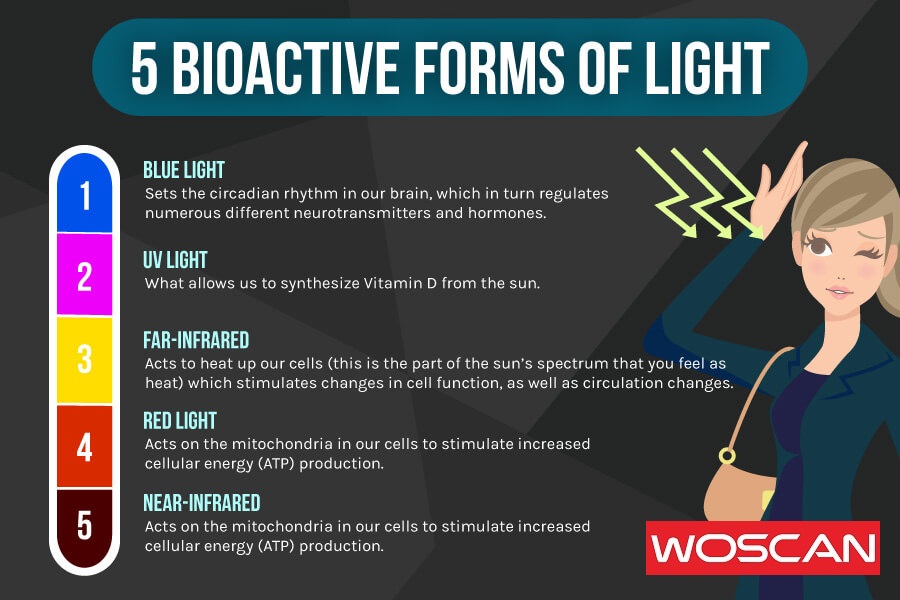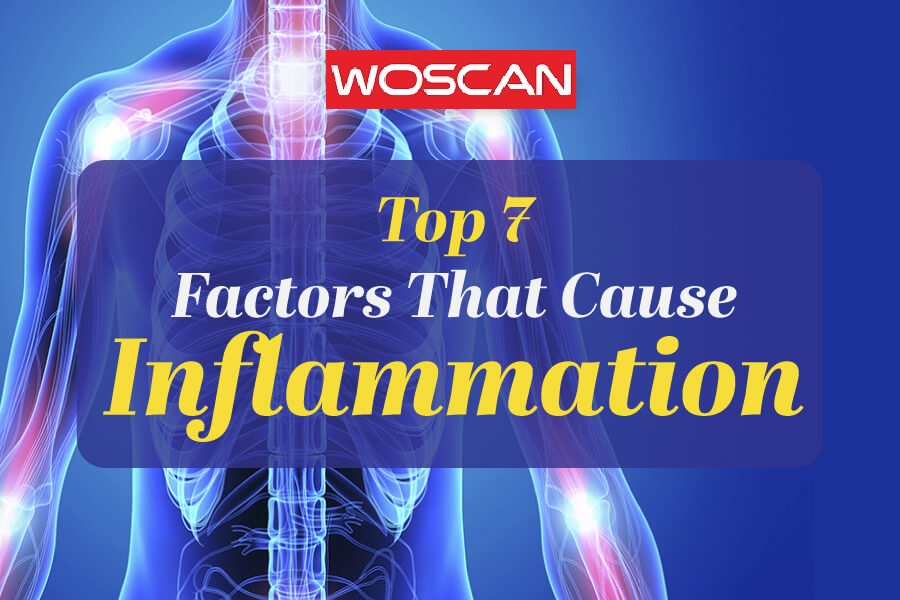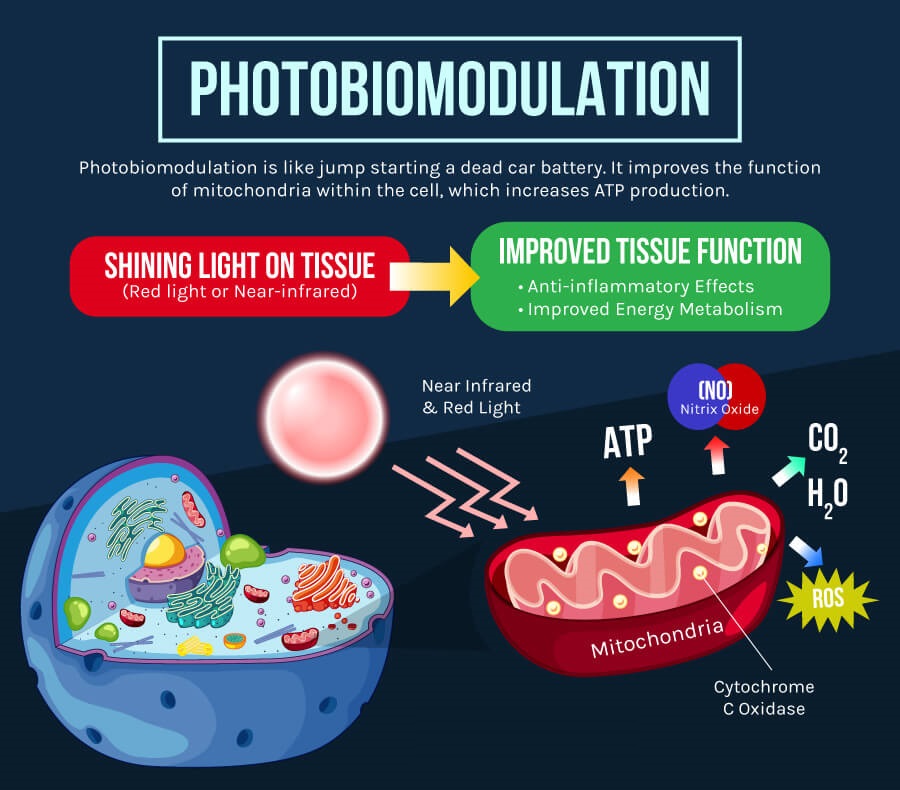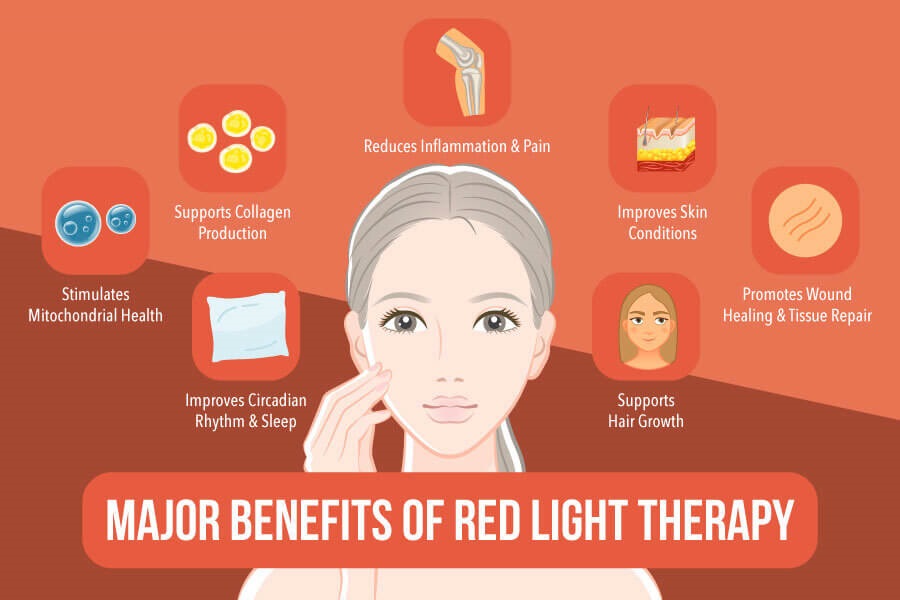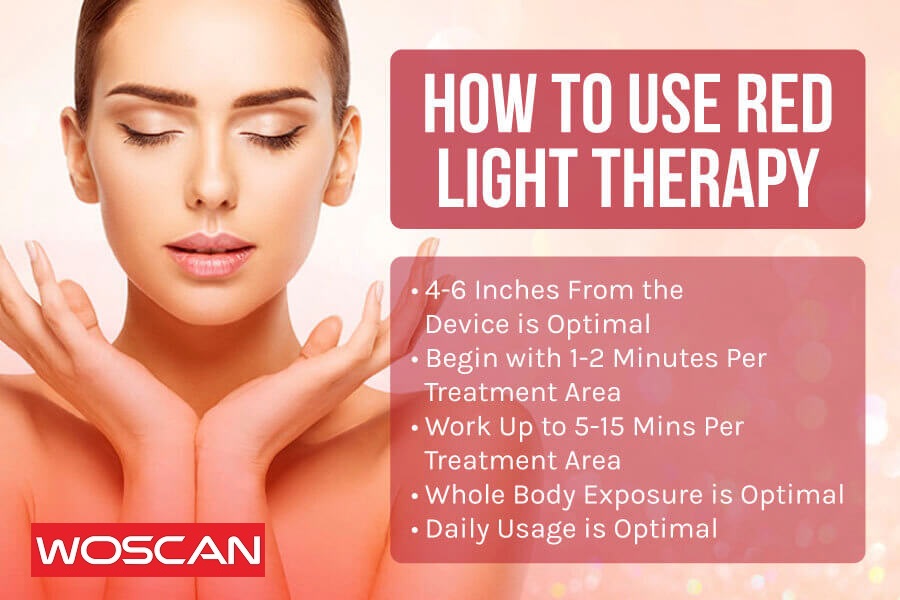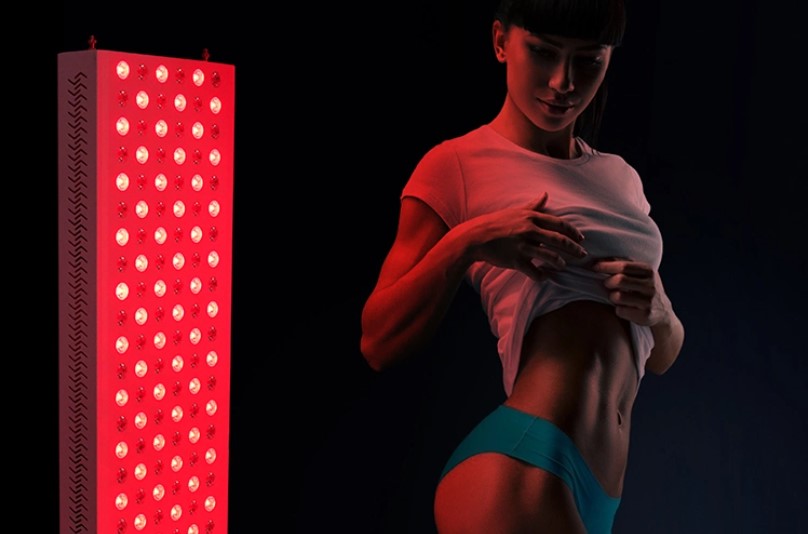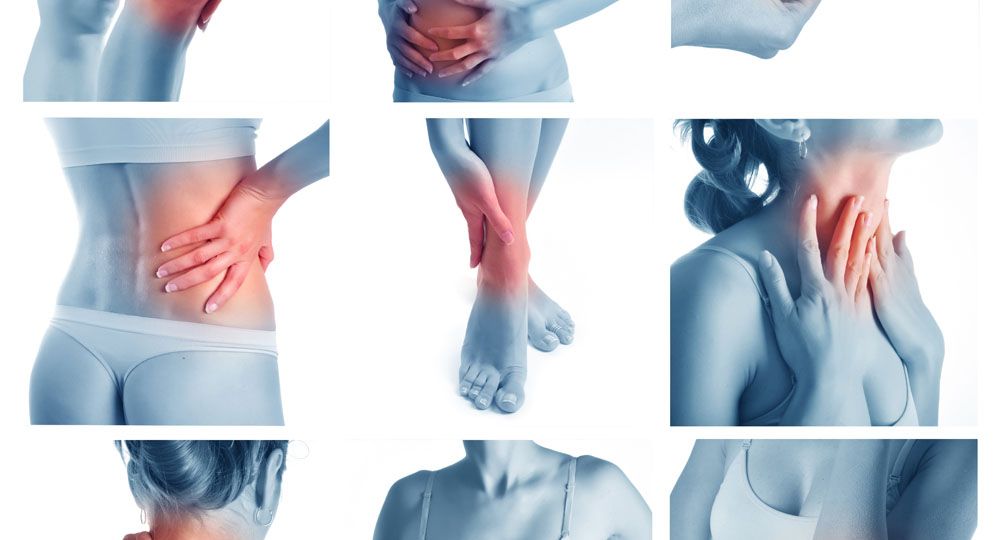
Red Light Therapy Acne
Red light therapy can soothe acne because it can improve circulation and inflammation through the energy transfer. This means that painful, swollen spots may be reduced in size and the lymphatic system can more efficiently clear away waste products, which could prevent the build-up of spot-causing products within the skin. It is also thought that it can shrink oil glands and therefore reduce the amount of oil which is produced.
Red light can also be used in conjunction with blue light to treat acne. While the red light is reducing the visual effects of acne by decreasing swelling and pain, the blue light can kill certain types of spot-causing bacteria such as Propionibacterium acnes. When used together, the two types of light therapy can, therefore, reduce and prevent future breakouts.
A key factor in treating acne with red light therapy facials is that lower doses are the most effective. It is not beneficial to dry your skin out, but a “little and often” treatment plan will give you the best results. While this may take you a while to see the benefits, it is worthwhile in the long run.
A final consideration for treating acne with red light therapy is its effect on scars. You may find that superficial acne scars soften in appearance, becoming less noticeable. Using red light therapy to treat acne may also reduce the rate at which scars occur. This is thought to be partly due to the enhanced collagen and elastin production and partly due to the improved circulation which can promote good healing.
Red Light Therapy For Weight Loss
Red light therapy can aid weight loss due to the way it increases the rate at which mitochondria produce energy, as well as the increase in circulation. The energy currency in the body which all cells require to be able to function is called adenosine triphosphate (ATP). Organelles in the cells, called mitochondria, convert glucose by a complicated process into ATP which can be used to fuel cells. If the mitochondrial function is enhanced by the red light, more glucose will be converted, which could aid weight loss.
The improved circulation can help with weight loss as it will increase the rate at which waste products are removed from the body. However, it is important to understand that red light therapy alone will not cause to you lose a great amount of weight. For best results, it should be combined with regular exercise and a healthy diet.
Red Light Therapy For Frozen Shoulder
A review by Page et al. concluded that both low-level laser therapy (LLLT) alone and LLLT used in conjunction with exercise was more effective at easing symptoms of adhesive capsulitis, also known as frozen shoulder, than the study placebo. This was a fantastic step forward in the management of frozen shoulders, which are notoriously difficult to treat.
Red Light Therapy For Restless Leg Syndrome
A study by Mitchel et al. in 2011 found that red light therapy using near-infrared light for the treatment of restless leg syndrome (RLS) saw significant improvements in symptoms. Out of a total of 34 volunteers, the study group has much greater improvement that the control group did, with results still significantly improved 4 weeks after the treatment period ended. This was a valuable breakthrough which could see patients with RLS being treated with red light therapy instead of dopamine-affecting drugs in the future.
Red Light Therapy For Wound Healing
Many studies have shown that red light therapy is an effective therapy for the treatment of skin wounds, as discussed in a review in 2014. A reduction in inflammatory cells, increase in the formation of new blood vessels, known as angiogenesis and an increase in collagen productions are among the biological effects noted which are thought to enable to enhanced wound healing. This review also noted that there didn’t seem to be a difference between results from studies which used lasers for the delivery of the light or whether it was from LEDs.


